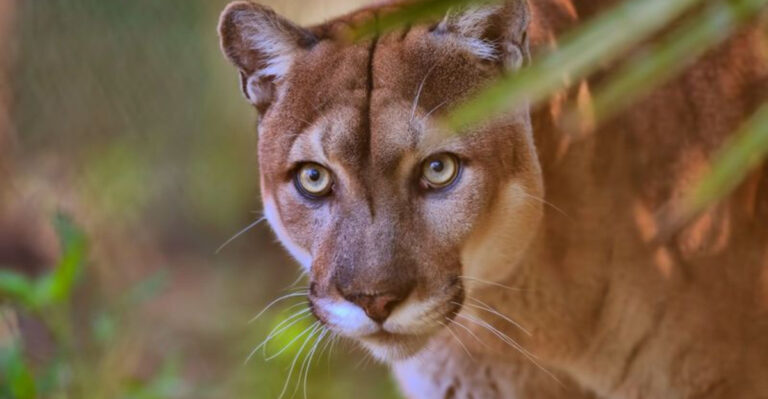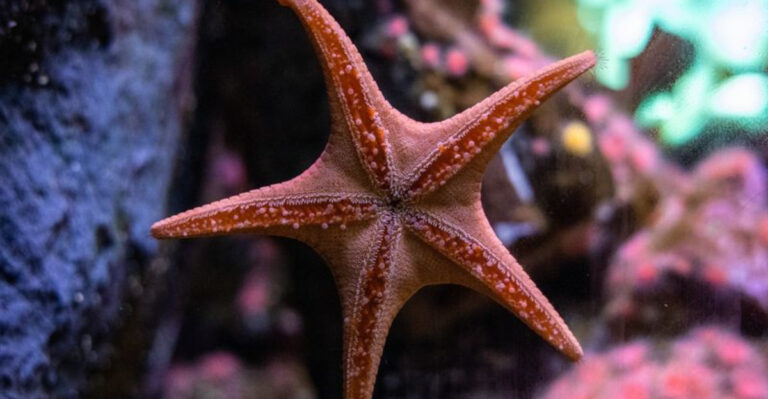10 Key Differences Between Apes And Gorillas
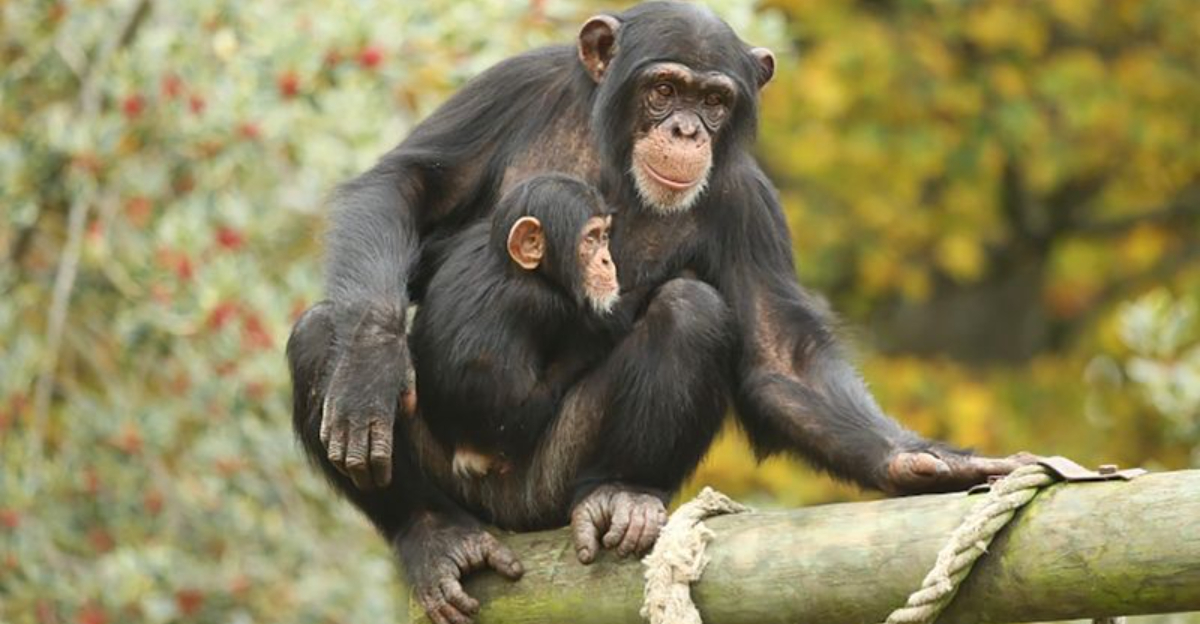
Have you ever found yourself pondering the differences between apes and gorillas, perhaps while munching on a banana? Well, grab another snack and get comfortable, because we’re about to swing through the fascinating jungle of differences between these magnificent creatures!
Although all gorillas are apes, not all apes are gorillas. Confused yet? Well, let’s unravel this mystery with a light-hearted look at the key distinctions that separate these primate cousins.
Each of these differences offers insights into their behavior, habitat, and overall lifestyle, and yes, there will be some monkeying around with words!
Whether you’re an aspiring primatologist or just a curious mind, this exploration promises to keep you intrigued and informed.
1. Physical Size And Build
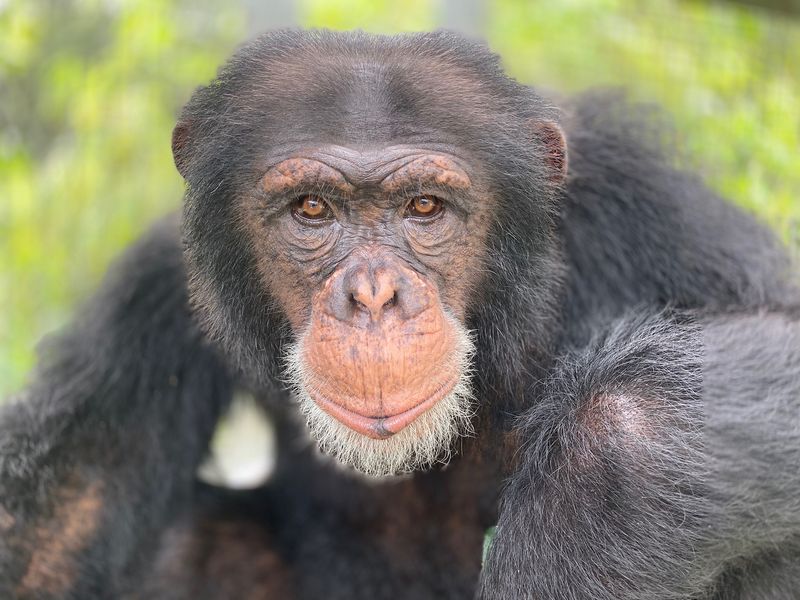
When it comes to size, gorillas are the heavyweight champions of the ape world. Adult male gorillas, known as silverbacks, can weigh up to 400 pounds, making them the largest of all primates.
In contrast, other apes like chimpanzees and gibbons rarely exceed 150 pounds. It’s like comparing a sumo wrestler to a gymnast!
The sheer bulk of a gorilla is not just for show; it’s a crucial factor for survival in their natural habitat. Gorillas are equipped with broad chests and massive shoulders, which are perfectly suited for their predominantly ground-dwelling lifestyle.
This robust physique enables them to fend off threats and assert dominance. On the other hand, the lighter build of other apes allows for greater agility, especially in arboreal environments.
Though gorillas might not swing through trees with the same finesse as their smaller counterparts, their strength and imposing presence make them the undisputed kings of the jungle. So if you ever find yourself arm wrestling with one, our advice is simple: don’t!
2. Habitat Preferences
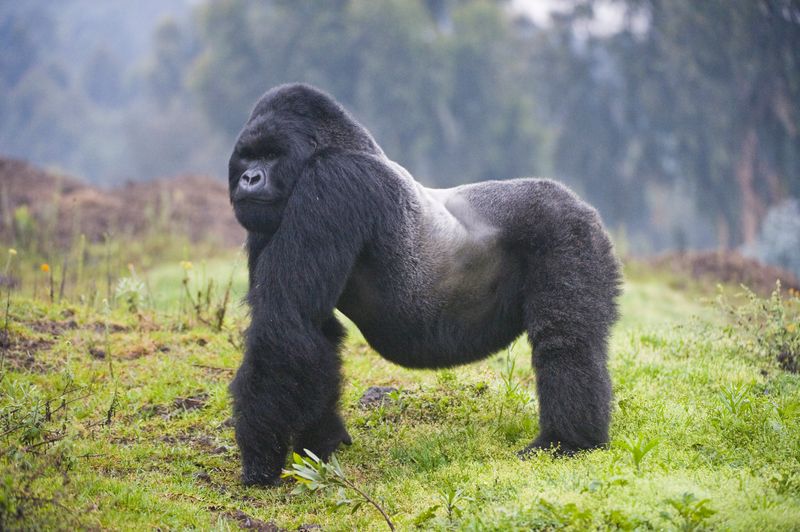
Gorillas and other apes may share the same grand address on Earth, but their preferred neighborhoods differ quite a bit. Gorillas are the forest dwellers of the primate world, often found lounging in the dense, verdant jungles of Central Africa.
They prefer a life at ground level, surrounded by lush vegetation that provides both sustenance and shelter. In contrast, other apes like orangutans and gibbons embrace the arboreal lifestyle, calling the treetops of Southeast Asia and Africa their homes.
These apes are nature’s acrobats, swinging from branch to branch with grace and ease. It’s like choosing between a cozy ground-floor apartment and a penthouse with a view! This division in habitat preferences reflects their evolutionary adaptations and dietary needs.
While gorillas graze on leaves, stems, and roots, their tree-loving cousins feast on fruits and leaves high above the forest floor. It’s a classic example of how different species carve out niches in the grand tapestry of nature.
3. Dietary Habits
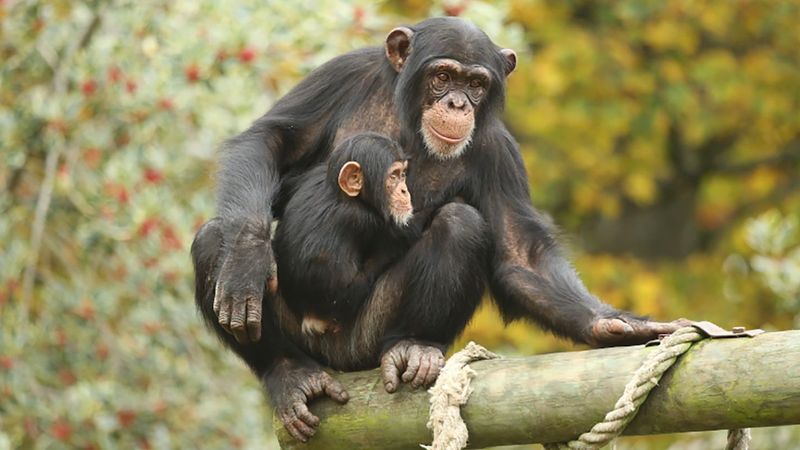
The dinner table of a gorilla is a leafy buffet, while other apes prefer a more fruity feast. Gorillas are primarily herbivores, consuming a diet rich in fibrous plant material such as leaves, stems, and shoots.
Their robust digestive systems are well-adapted to breaking down these tough greens, allowing them to extract maximum nutrition from their meals. On the flip side, most other apes enjoy a fruitier menu, filled with a variety of delicious fruits, seeds, and occasionally small insects.
Chimpanzees, for instance, are known for their opportunistic feeding habits, which can include termites and even smaller mammals when the occasion arises. Talk about a diverse palate!
This dietary divergence is closely linked to their respective habitats and physical adaptations. While gorillas feast on the abundant greenery of the forest floor, apes like orangutans explore the treetops in search of ripe treats.
This ensures that each species takes full advantage of the resources available in their environment.
4. Social Structure
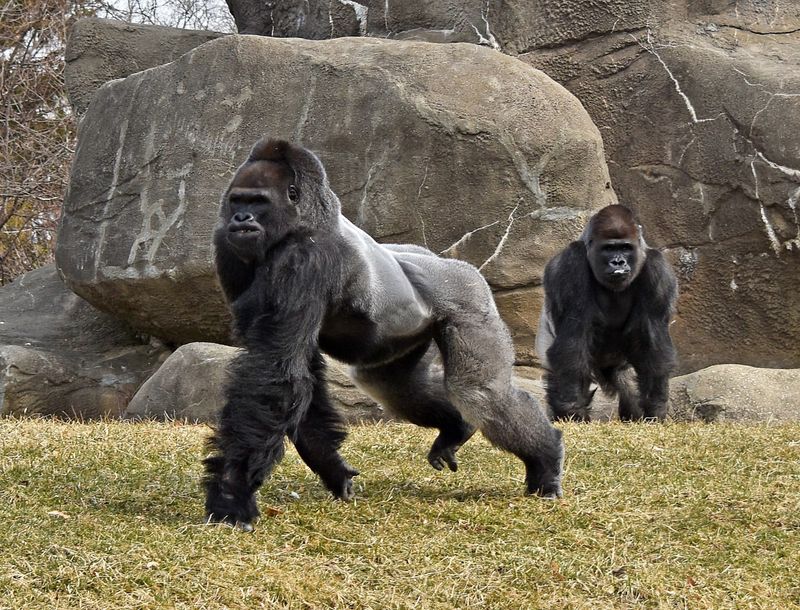
In the social jungle, gorillas tend to keep things close-knit and hierarchical, while other apes often embrace a more egalitarian approach.
Gorilla groups, or troops, are typically led by a dominant silverback male, who takes on the role of leader, protector, and sometimes the bouncer.
These troops usually consist of multiple females and their offspring, forming a tight family unit. In contrast, apes like chimpanzees enjoy more fluid and flexible social structures.
They live in communities that can number from 20 to over 100 individuals, where alliances and friendships are often formed across gender lines.
The social dynamics of these primates are as diverse as the jungles they inhabit, reflecting their unique evolutionary paths and behavioral characteristics.
While gorillas rely on their leader’s strength and wisdom, other apes often thrive on cooperation and social bonds to navigate the challenges of their environment.
5. Communication Styles
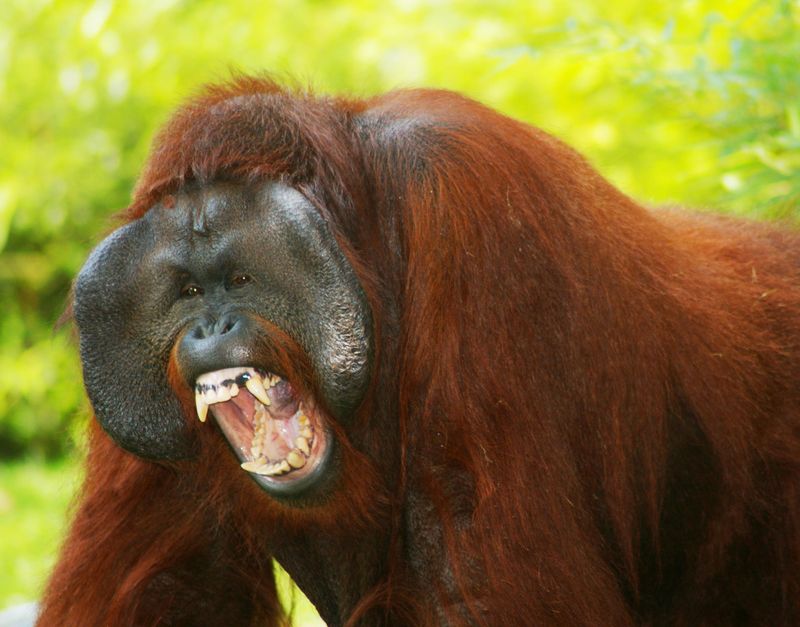
In the world of primate chatter, gorillas and other apes have their unique ways of expressing themselves. Gorillas are known for their deep, resonant vocalizations, which can sound like a symphony of grunts, roars, and belches.
These sounds often serve as warnings, greetings, or expressions of contentment within their close-knit troops. On the flip side, other apes such as chimpanzees and bonobos tend to rely more on gestures and facial expressions to communicate.
With a repertoire that includes everything from hand gestures to playful antics, these apes are the Shakespearean actors of the primate world, capable of conveying a wide range of emotions and intentions.
Both communication styles showcase the intelligence and social complexity of these creatures. While gorillas focus on vocal prowess, other apes use body language and expressions to navigate their social landscapes.
It’s clear that even in the animal kingdom, there’s more than one way to make oneself heard!
6. Intelligence And Tool Use
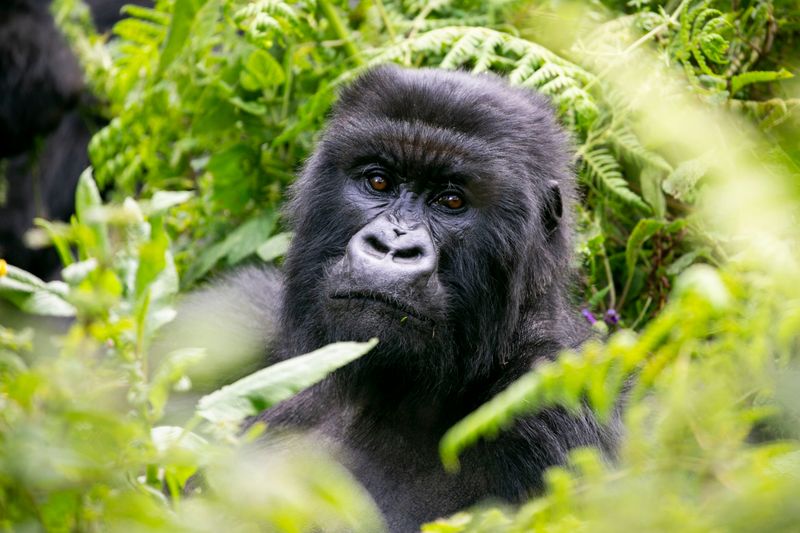
In the battle of wits, gorillas and other apes both shine brightly, but they showcase their intelligence in different ways.
Gorillas are known for their problem-solving skills and cognitive abilities, often using sticks and branches to test water depth or to aid in balance when traversing tricky terrain. Their intelligence is often reflected in their ability to navigate complex social hierarchies and environments.
Other apes, like chimpanzees, take tool use to a whole new level. They are famed for their ability to use sticks to fish for termites or crack nuts with stones, demonstrating remarkable ingenuity and foresight. It’s like comparing a chess player to a master craftsman!
This intellectual diversity highlights the adaptive strategies each ape has developed to thrive in their unique habitats. While gorillas focus on social intelligence and environmental interaction, other apes demonstrate their cerebral prowess through innovative tool use and problem-solving techniques.
7. Lifespan And Longevity
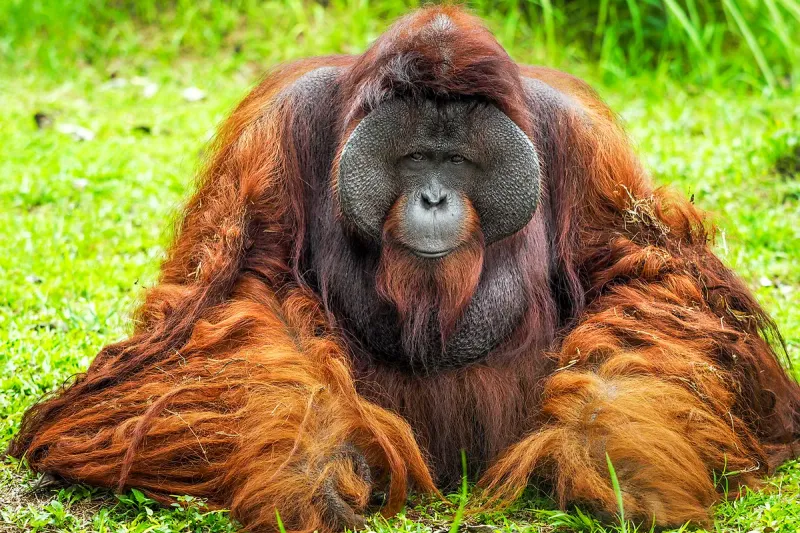
In the journey of life, gorillas and other apes have different timetables. Gorillas tend to have a shorter lifespan compared to some of their ape relatives, often living up to 35-40 years in the wild.
However, with good care in captivity, they can surpass those numbers and live into their 50s. Contrastingly, apes such as chimpanzees and orangutans often enjoy longer lifespans, with many living 40-50 years in the wild, and some even reaching their 60s in captivity.
It’s like comparing a fine wine that matures over time! The longevity of these primates is influenced by a variety of factors, including genetics, diet, and environmental pressures.
While gorillas may experience a briefer stint on Earth, their robust health and strong familial bonds ensure they make the most of it. Meanwhile, other apes benefit from their flexible diets and adaptive lifestyles, often leading to longer, fulfilling lives.
8. Reproductive Strategies
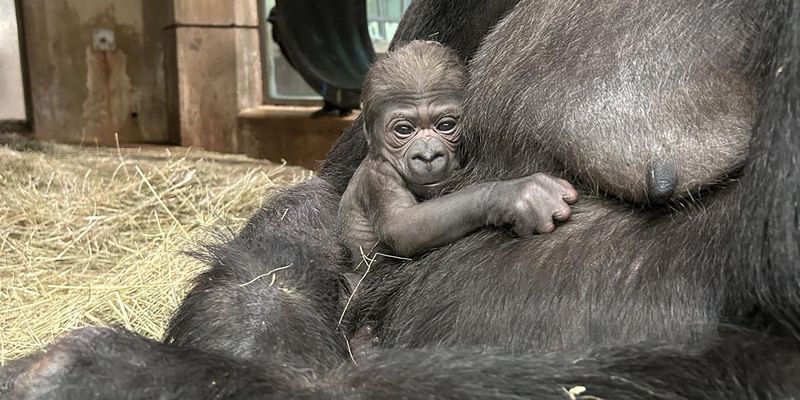
When it comes to raising the next generation, gorillas and other apes have quite different approaches. Gorillas typically have smaller family units, with females giving birth to one infant every four to six years.
This slow reproductive rate is complemented by intense parental care, as mothers invest heavily in the upbringing and protection of their young. Other apes, like chimpanzees, tend to have more frequent births, often caring for multiple offspring simultaneously.
This approach allows them to maximize reproductive success in a competitive environment. It’s akin to comparing a boutique family service to a bustling daycare! These reproductive strategies reflect the diverse ecological niches that these primates occupy.
While gorillas focus on quality over quantity, ensuring each offspring receives ample care and protection, other apes may opt for a more prolific strategy, taking advantage of their dynamic social structures to support their young.
9. Conservation Status
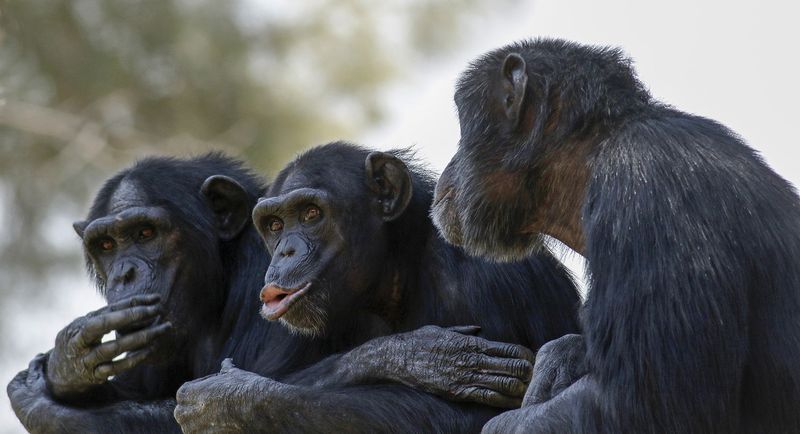
In the realm of conservation, gorillas and other apes face different challenges and opportunities. Gorillas, especially the mountain gorilla subspecies, are critically endangered, with threats including habitat destruction, poaching, and disease.
Conservation efforts have made significant strides, but these gentle giants remain highly vulnerable. In contrast, many other apes, such as bonobos and chimpanzees, also face habitat loss and hunting pressures, but some populations are more stable due to broader geographical distributions.
These apes benefit from international conservation programs and research initiatives aimed at preserving their natural habitats and promoting coexistence with humans. Both gorillas and other apes highlight the urgent need for continued conservation efforts.
Protecting these primates not only preserves biodiversity but also ensures the survival of our closest relatives in the animal kingdom. It’s a testament to the interconnectedness of all life on Earth and the shared responsibility we have to protect it.
10. Cultural Significance
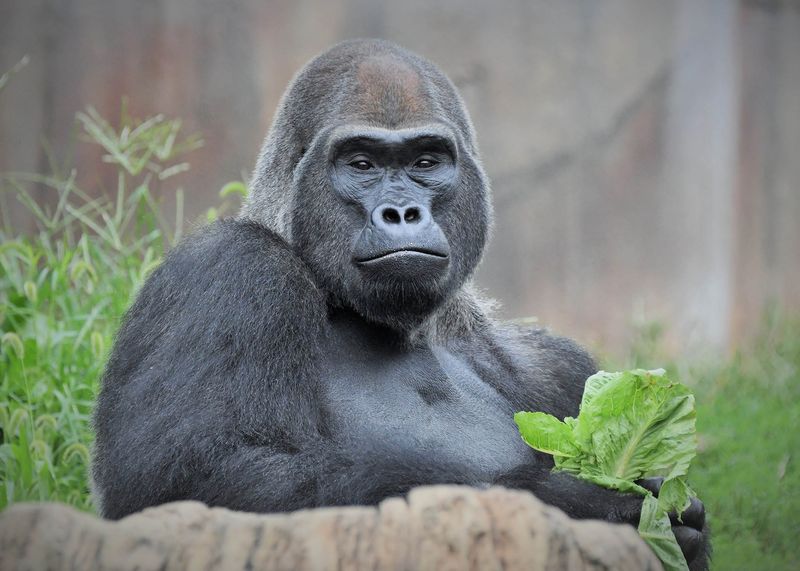
In the cultural spotlight, gorillas and other apes have left an indelible mark on human history and imagination. Gorillas have long been symbols of strength and mystery, often depicted in traditional African art and folklore.
Their majestic presence has inspired tales of kings of the jungle and gentle giants, captivating the human imagination for centuries. Other apes, such as chimpanzees and orangutans, have become stars in modern media and entertainment.
From movies to television shows, these charismatic creatures have charmed audiences with their intelligence and playful antics. It’s like comparing a revered statue to a beloved celebrity!
The cultural significance of these primates underscores the deep connection humans feel with them, reflecting our fascination with their similarities and differences.
Whether revered in ancient lore or loved in contemporary culture, apes and gorillas continue to inspire and teach us about the intricate tapestry of life we all share.



